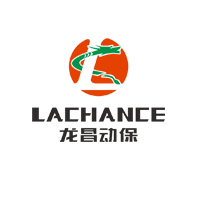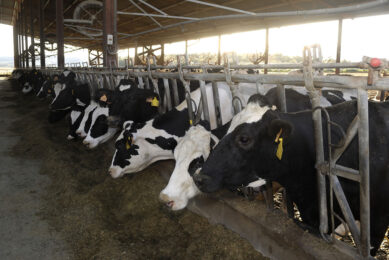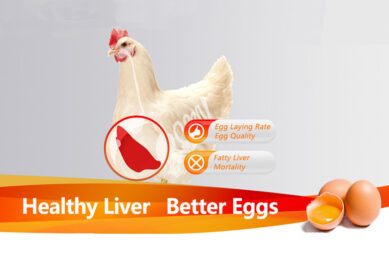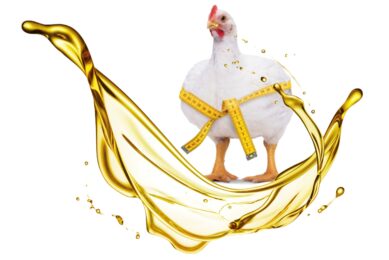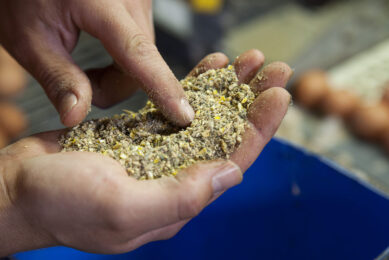The role of bile in fat digestion and utilisation in poultry
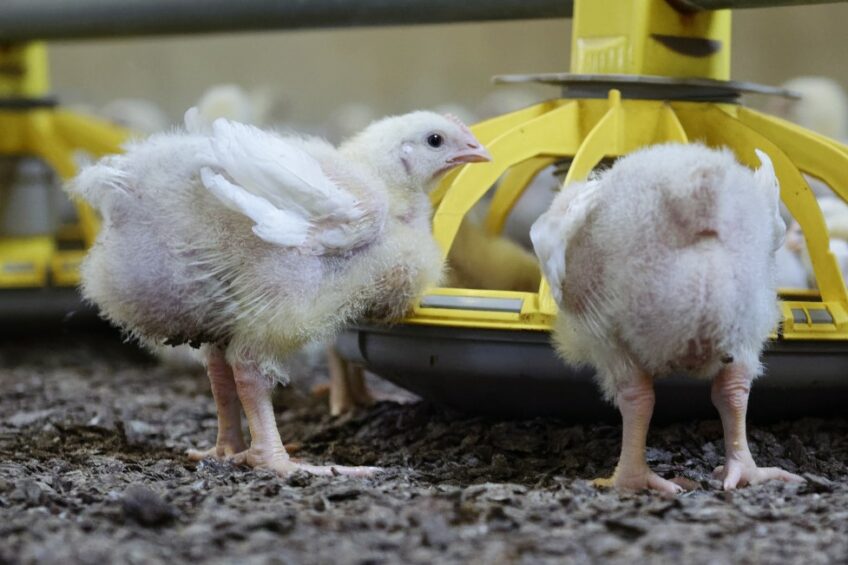
To understand this point, we must start with the digestion, absorption and transport of fat in mammals.
Fats are insoluble in water. The large drops of oil on the surface of vegetable soup are something girls try to avoid. The digestive tract is also a water-filled place, and for fats to be digested and absorbed, they must become small particles like other water-soluble nutrients to come into full contact with lipase and try to pass through the water-rich mucus layer that covers the intestinal mucosa before the intestinal epithelium can absorb them.

When washing dishes covered in oil droplets after eating, detergent is a powerful assistant which can turn large oil droplets into small particles, which can be dissolved in water (emulsification) and then float away with water. The digestion process of fat in animals is no different from the principle of detergent washing oil.
The “detergent” in animals is bile, and the bile acids (salts) in bile are both hydrophobic and hydrophilic, so they are attracted to fats and water. This makes them effective emulsifiers, breaking down large fat droplets into smaller droplets that are dispersed in the aqueous intestine, thus increasing the area of action of pancreatic lipase and facilitating the breakdown and digestion of fats.

The absorption of fat (triglyceride) digestion products (fatty acids, monoglycerides, glycerol, cholesterol, etc.) is also facilitated by bile acids. Bile acid salts accumulate around fat digestion products, forming mixed microparticles (‘micelles’) that help the fats to get close enough to the microvilli of the intestinal cells to facilitate their absorption.
Fatty acids absorbed into the epithelial cells of the small intestine have different transport pathways depending on their molecular size (length of fatty acid carbon chains). The larger fatty acids (long-chain fatty acids) and mono-triglycerides are reassembled into triglycerides in the enterocytes and then incorporated into transport vehicles called celiac particles, along with cholesterol and fat-soluble vitamins.
Celiac particles have a triglyceride and cholesterol core and an outer membrane composed of phospholipids, which are scattered with proteins (apolipoproteins) and cholesterol. This outer membrane makes them water-soluble so they can diffuse in the aqueous environment of the body.

Celiac particles from the epithelial cells of the small intestine enter the intercellular fluid by cytosolic vomiting, then enter the capillary lymphatic lymphatics (central celiac ducts of the intestinal villi), which merge into the mesenteric lymphatics, then into the visceral lymphatic trunk, which injects into the celiac pool on the lumbar side, and then into the anterior vena cava via the thoracic duct (the largest lymphatic collecting duct in the body) at the entrance to the thoracic cavity of the animal (in humans, at the neck), and finally directly into the heart. Thus fats, unlike other nutrients, do not pass through the liver before entering the body’s circulation, which is why health enthusiasts are very concerned about the quality of the fats they consume.
The fatty acids and mono-triglycerides produced by the hydrolysis of the smaller molecules of medium and short-chain triglycerides are no longer changed in the epithelial cells of the small intestine. They are water-soluble and can diffuse directly from the basement membrane side of the cells into the blood without entering the lymphatic circulation.
Since dietary animal and vegetable oils contain more long-chain fatty acids with more than 15 carbon atoms, the absorption pathway of fats is mainly lymphatic. The exceptions are birds and some aquatic animals.
Poultry do not have such a well-developed lymphatic system as mammals, so the fat absorbed by poultry is first metabolised by the portal vein into the liver and then into the heart.

This comparative histological feature in birds may be a potential physiological factor for the vulnerability of their liver to injury.
In addition, the fat digestion and absorption transport in fish is similar to that in birds. However, for crustacean shrimp and crabs, the mechanism of fat emulsification absorption transport is unique. Crustaceans do not produce bile, nor can they utilise bile salts in fat digestion and metabolism, and lipid transport in shrimp is primarily accomplished by high-density lipoproteins (lipid transport carriers that are denser than celiac particles).
In shrimp culture production, bile acid feed additive has a protective effect on shrimp hepatopancreas and is an important chemical barrier to endotoxins. It also has a significant antibacterial effect against Gram-positive bacteria. Bile acids act as detergents and have a direct effect on lipopolysaccharides. In conclusion, bile acid supplementation in shrimp feed accelerates detoxification of deposited toxins, effectively improves immunity, relieves stress, and repairs hepatopancreas damage.


